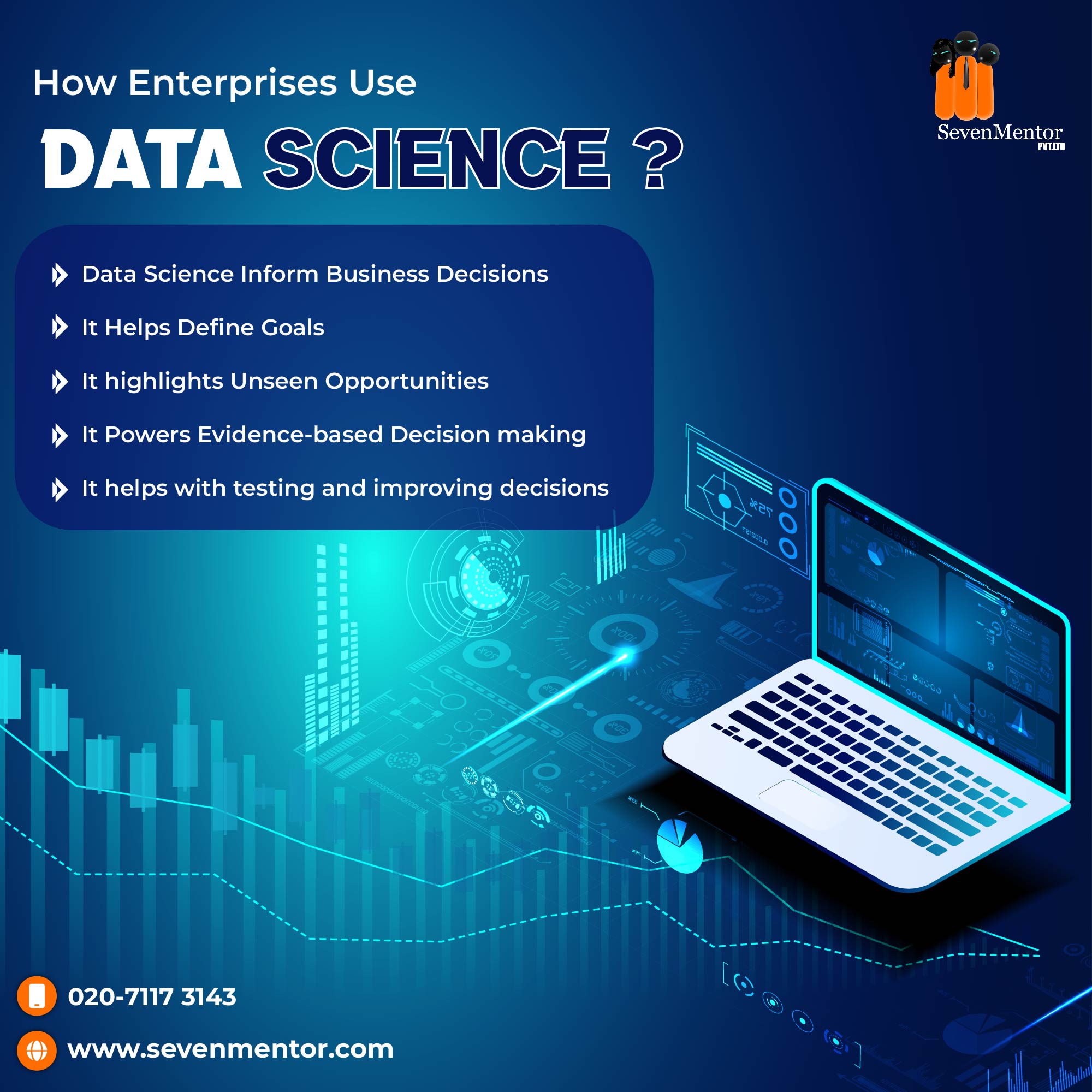
What is Reinforcement Learning from Human Feedback?
Reinforcement Learning (RL) is a subfield of artificial intelligence that has garnered significant attention in recent years. It’s a type of machine learning where an agent learns how to interact with its environment to achieve a goal through trial and error. While RL has shown promise in a wide range of applications, it often requires a vast amount of data to train, making it challenging and costly. Reinforcement Learning from Human Feedback (RLHF) offers a more efficient approach to training AI by incorporating human guidance. In this blog, we’ll dive deep into the concept of RLHF, its significance, applications, challenges, and how it’s shaping the future of AI. Visit Data Science Course in Pune
Understanding Reinforcement Learning
Before delving into RL from Human Feedback, it’s essential to comprehend RL itself. In traditional RL, an agent interacts with an environment, taking actions to maximize a reward signal. This reward signal serves as feedback, informing the agent about the desirability of its actions. Over time, the agent learns to make better decisions that lead to higher cumulative rewards. The crucial element is that the agent learns from its own experiences and interactions with the environment.
The Challenge of Traditional Reinforcement Learning
Traditional RL approaches have been incredibly successful in a variety of applications, such as game playing, robotics, and autonomous vehicles. However, they suffer from several limitations:
-
Sample Efficiency: RL algorithms often require a large number of trials or episodes to learn optimal behavior, making them computationally expensive and time-consuming.
-
Safety Concerns: In some applications, RL agents may take actions that are unsafe or undesirable before they learn the optimal policy.
-
Lack of Expertise: In complex environments, learning from scratch may not be feasible due to a lack of expert knowledge.
-
Exploration Challenges: Exploration is a fundamental aspect of RL, and it can be inefficient or risky when the agent is learning in the real world.
Reinforcement Learning from Human Feedback
RL from Human Feedback (RLHF) addresses many of the challenges associated with traditional RL. Instead of relying solely on the agent’s self-generated experiences, RLHF incorporates feedback and guidance from human experts, users, or teachers. This feedback can take various forms, such as reward functions, comparisons, or rankings.
Here’s how RLHF works:
-
Human Feedback: Human experts provide feedback, either explicitly or implicitly, regarding the agent’s actions. This feedback can be in the form of rewards, preferences, or comparisons.
-
Reward Models: RLHF leverages this feedback to create reward models that guide the agent’s learning process. These reward models serve as a shortcut, enabling the agent to learn faster and more safely.
Applications of RLHF
RL from Human Feedback has diverse applications across multiple domains:
-
Game Playing: Training game-playing AI with human feedback allows for faster learning and more competitive agents.
-
Robotics: Teaching robots to perform complex tasks with human guidance, reducing the risk of accidents during the learning process.
-
Healthcare: RLHF can be used to develop personalized treatment plans for patients, optimizing healthcare outcomes.
-
Autonomous Vehicles: Safe and efficient training of autonomous vehicles by incorporating feedback from human drivers.
-
Recommendation Systems: Improving recommendation algorithms for online platforms by learning user preferences from feedback. Join Data Science Course in Pune
-
Challenges in RLHF
While RLHF shows great promise, it also faces challenges:
-
Data Collection: Gathering high-quality human feedback can be costly and time-consuming.
-
Feedback Consistency: Ensuring consistency and reliability in human feedback is a critical challenge.
-
Balancing Exploration and Exploitation: Striking the right balance between exploring new actions and exploiting known good actions is a complex problem in RLHF.
-
Generalization: Extending knowledge gained from human feedback to unseen situations or environments is a significant challenge.
The Future of RL from Human Feedback
Reinforcement Learning from Human Feedback represents a significant step forward in the development of AI systems. It enables faster, safer, and more efficient learning by incorporating human expertise and guidance. As research in RLHF advances, we can expect to see its wider adoption in various industries, leading to smarter AI systems and more seamless human-AI interactions.
In conclusion, RL from Human Feedback is a remarkable approach that harnesses the power of collective human knowledge to teach AI systems. As it evolves and matures, it has the potential to revolutionize the field of artificial intelligence and bring about more capable, safe, and efficient AI applications in our daily lives.


